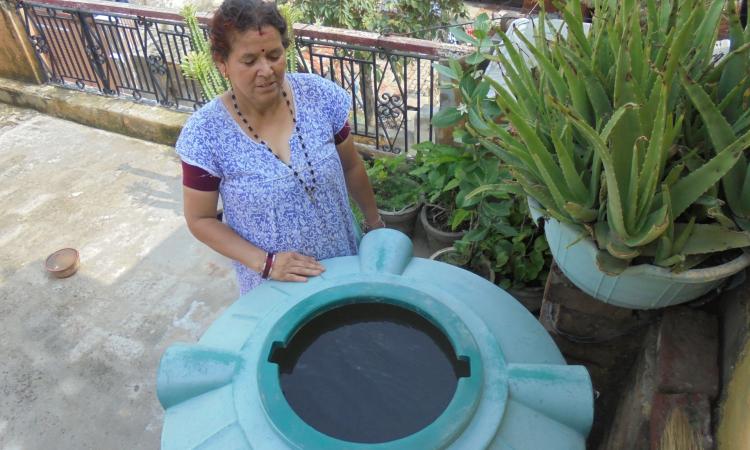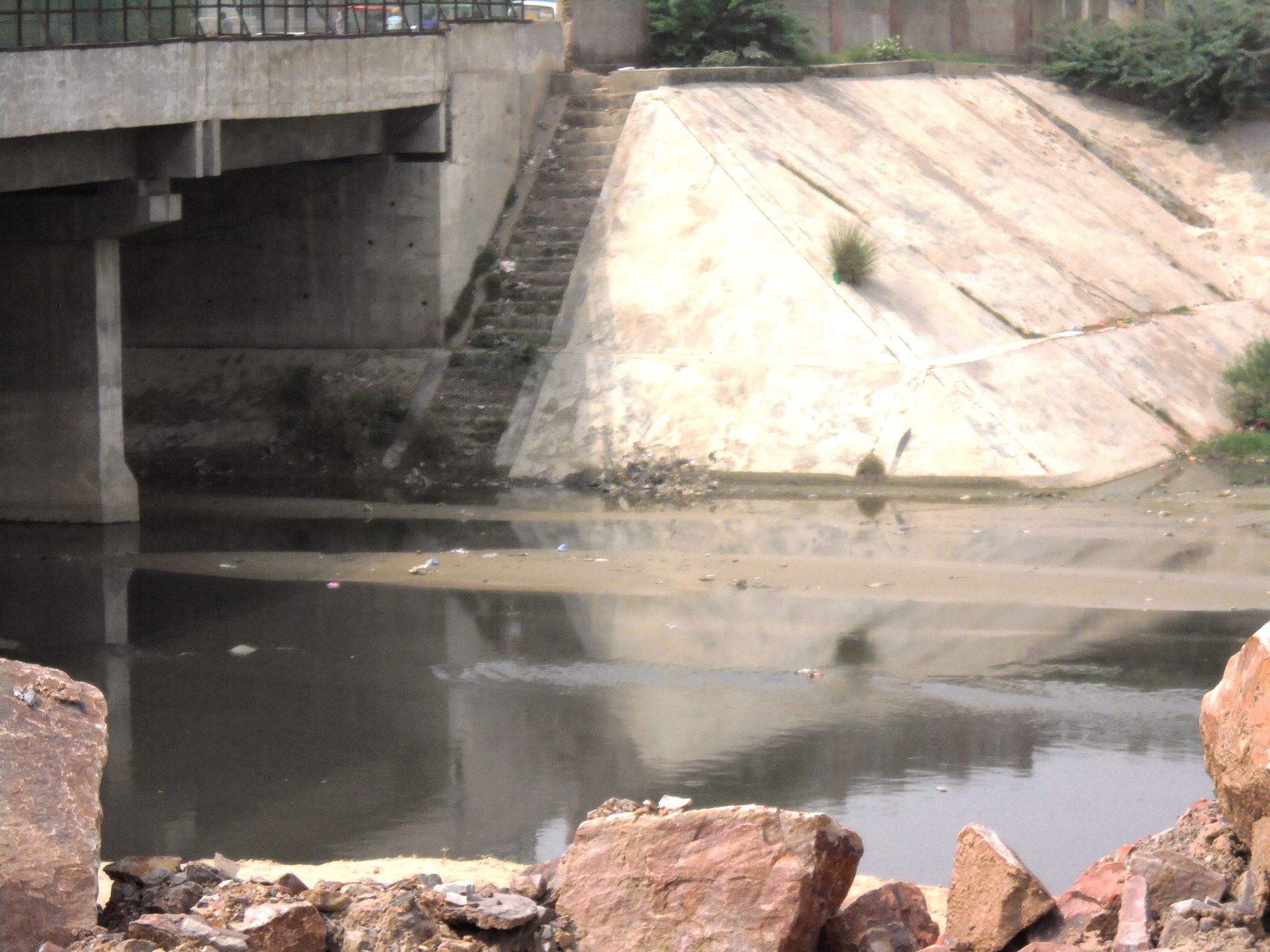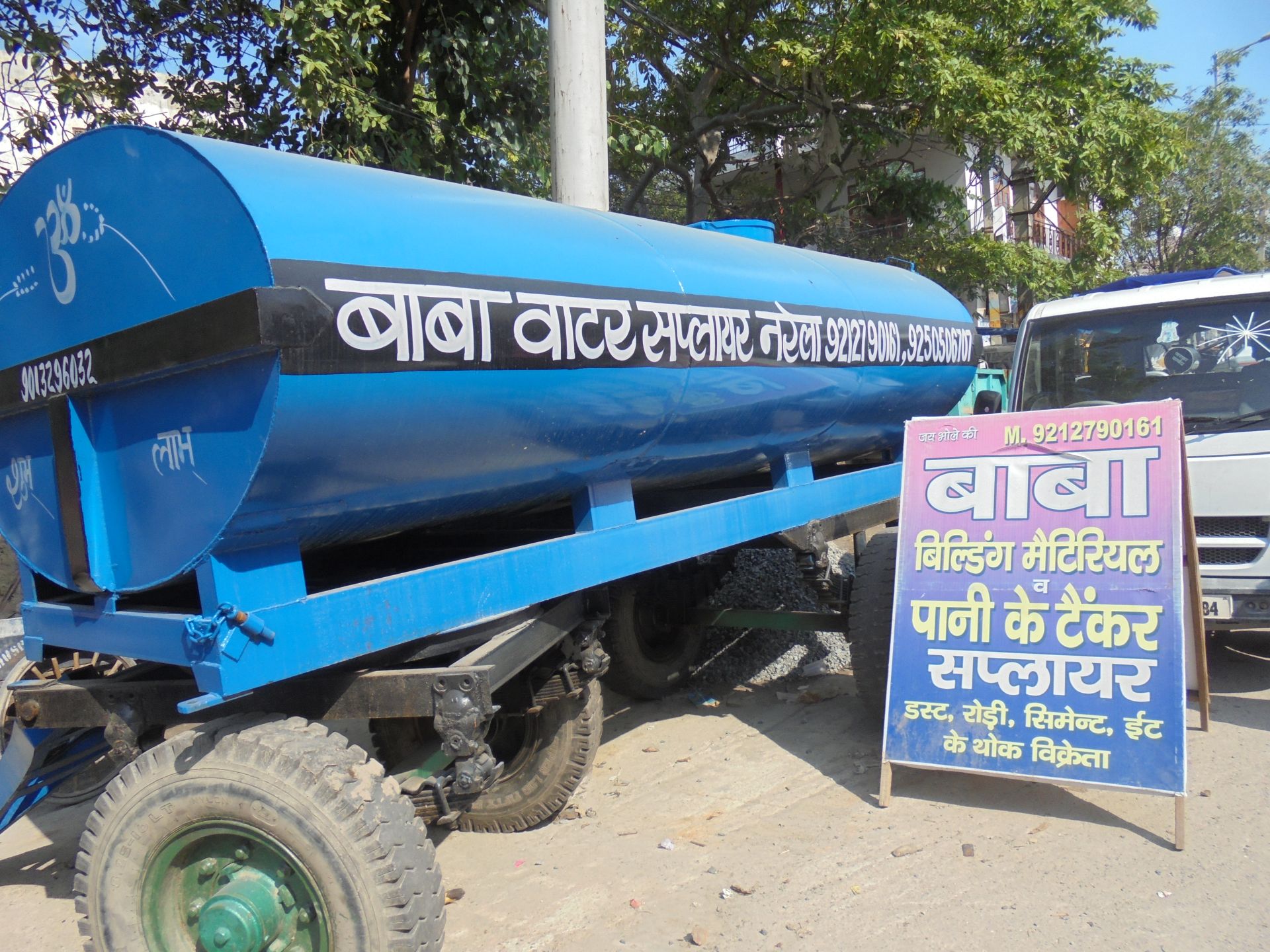
Delhi, home to 16.75 million people, is in the grip of a major water crisis. Statistics by the Delhi Jal Board for the year 2011 suggest that the water deficit stands at about 250 million gallons per day with the supply being 830 million gallons per day. Unaccounted for water--the gap between the water produced and distributed--is as high as 40-45%. The city’s old wells and water bodies (baodis) have gone dry while the Yamuna continues to be polluted.
Per an appraisal of Delhi’s water supply sector in early 2010, as against the 100% benchmark, only 72% of the population had some water supply and the extent of water metering was even lower at 55%. Water is supplied on average between two and three hours daily. While attempts are being made to plug the gap and fetch more surface water from other states, the demand deficit is putting pressure on the city’s groundwater resources.
The state of Delhi’s groundwater
Dynamic groundwater resources in Delhi have been assessed by the Central Ground Water Board (CWGB) as 292 million cubic metres, while the present withdrawal is 7% above it. Seven of Delhi's nine districts are categorised as overexploited with respect to dynamic groundwater resources indicating that groundwater recharge is much lesser than withdrawal. The availability of groundwater in Delhi is controlled by the hydrogeological conditions characterised by the city’s different geological formations–be it alluvium formations or quartzite hard rocks. The city’s deeper aquifers in the range of 30-60 metres are mostly underlain by saline water, limiting the availability of groundwater.
Groundwater extraction by the Delhi Jal Board is reported to be 25644 cubic metres per day as per 2014 CGWB estimates. Groundwater contributes to about 14% of Delhi’s total official water supply. This, despite the fact that the underground water stratum is not suitable for tapping given its poor quality. Apart from the official supply of groundwater through the 2300 tubewells in the Delhi Jal Board systems, there are 4.65 lakh illegal borewells.

Typically the groundwater depth in the city ranges from 1.2 meters in the Yamuna flood plain to more than 64 meters in the southern part of the Delhi ridge. Groundwater levels have fallen from 20 feet in 1977 to as much as 214 feet in some areas of the city in 2014. Yet, the quantity of water extracted over the years is only increasing. To meet their water needs, individuals and agencies extract groundwater. Tanker trucks run by private operators and put into service by the Jal Board, are sucking the groundwater of its peri-urban areas.
Neither is the city’s legal regime geared to deal with water quality issues nor are there systems in place to use and conserve water. Even urban governance institutions are unable to deal with the issue at hand. As a result, there are no restrictions to groundwater use. Nearly 5 lakh illegal borewells are in existence, and in the absence of regulation and metering, water is wasted. This raises another important issue–one of equity.
Like everywhere elsewhere, there are considerable differences in the availability of water across various sections of society in Delhi as well. Only those who own land and by way of that the groundwater that lies below are able to tap water while the rest are left out. Even those with land are sometimes left out because they cannot afford to run and maintain water extraction mechanisms.
Per a study by the Centre for Environmental Law, WWF-India, “most residents of the lower socio-economic groups face water crises throughout the year which turns acute in the summer months (April, May, June and July). On an average they get as low as 15 litres per capita per day and very often have no dependable water supply. Many have resorted to groundwater extraction, but usually do not use it for cooking, drinking or bathing purposes, as they find its quality very poor. However, very often, they do not have a choice.” Even in the best of times, the poor in Delhi get no more than 40 litres of water per capita per day.

The quality of Delhi’s groundwater is an area of concern
The city’s groundwater is getting contaminated by inadequate sewage treatment and disposal. A 2013 CGWB study indicated high water contamination. The report based on a study of groundwater samples taken from observation wells, indicates high nitrate concentrations at 1500 mg/l--way above the World Health Organisation (WHO) standard of 50 mg/l--known to cause baby blue syndrome.
The report also states that the “nitrate pollution in the groundwater is mostly anthropogenic and may be due to improper disposal of sewage and unhygienic conditions around the well." This puts those dependent on private abstraction wells or tankers that supply untreated groundwater especially from shallow levels at risk. This only sums up to about one-fourth of the city’s population which is outside the Delhi Jal Board’s official piped water supply. The rising nitrate levels as per a Down to Earth article can be attributed to the “combined effect of contamination from domestic sewage, livestock rearing, landfills and runoff from fertilised fields, unlined drains and cattle sheds." This is, in particular, alarming. Reports also suggest that Delhi’s groundwater has more fluoride and arsenic content than permissible limits.
National Green Tribunal takes notice
While unlicensed tankers continue to extract groundwater and the regulatory bodies do not seem to be doing enough, the National Green Tribunal (NGT) has taken notice. A housing project at Narela which ignored the presence of high-level toxic metals like arsenic and mercury in the groundwater, was asked to undergo environmental scrutiny. Not only that but in June 2014, the NGT bench taking a note of the illegal borewells in Narela and Bawana industrial areas directed the Delhi Pollution Control Committee and Delhi Jal Board to submit a complete and comprehensive report on the number of borewells operating in its industrial pockets. The NGT also wanted to know how many borewells had been approval by the competent authority or were registered with the Delhi government, what was the extent of illegal extraction of groundwater and its consumption, and why they had not fixed any meters for calculating cess in these areas. NGT formed a Committee with Municipal Corporations, Delhi Jal Board, CGWB and the Delhi government to visit the two areas and seal industries that were extracting water illegally. It further said the Committee would prepare a complete report, particularly in Bawana and Narela, and assess if the borewells were legal.
“We direct the Delhi Pollution Control Committee and Delhi Jal Board to submit a complete and comprehensive report as to why they have not fixed any meters for calculating cess,” the NGT said, adding that “senior officers shall be responsible for ensuring” that the order was carried out.
Delhi Metro also responsible for falling water table
The CGWB has in its 2014 report pointed out that the Delhi Metro is partly responsible for the capital’s groundwater woes. The report blames the Delhi Metro Rail Corporation (DMRC) for undertaking large-scale, illegal and unscientific de-watering which triggered the water table decline. The CGWB’s analysis of the last decade’s groundwater table data indicates that Delhi’s overall groundwater level is depleting by a maximum of 1.44 metres per year because of increased extraction. It has asked the DMRC to get a detailed groundwater impact study done through a reputed consultant and submit a report with details on the quality and quantity of water being drawn, site-wise utilisation, impact on water table and recharge plans.
Earlier the Archaeological Survey of India too had observed a sudden loss of water from the historical Mughal-era Red Fort baoli due to digging at a Metro construction site near Red Fort. Earlier in 2013, the NGT too had given a notice to DMRC for failing to harvest rainwater at its stations and depots.
The same trend of falling groundwater tables is likely to continue unless immediate steps are taken. The answer lies in augmenting groundwater resources through recharge, limiting withdrawal in overexploited areas and keeping a check on groundwater pollution.